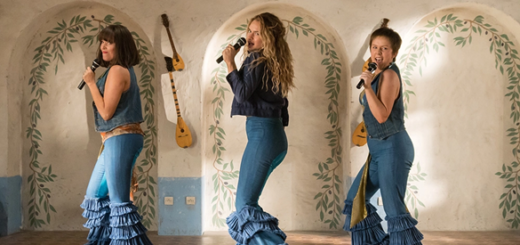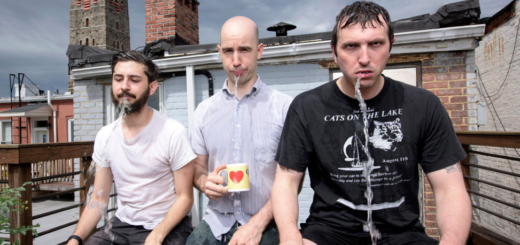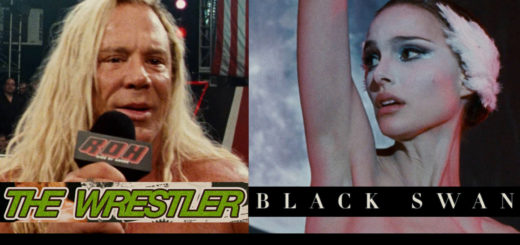Interview: Pietro Coppolechia’s LA GATA
I’m joined here with Pietro Coppolechia about his short film, LA GATA, which will be premiering at the Berlin Fashion Film Festival. I’d like to talk about the process of creating this type of short film, the intentions behind it, and where you see yourself going forward with it, both as a creative and a filmmaker for hire.
Sounds good!
So the first question I have involves the fact that LA GATA will be playing at a fashion festival. Was it intended for that purpose, or was it purely made as an experimental short film?
So the nature of this project was mixing two mediums: video art and fashion. We wanted to merge into a section of advertising that none of us had previously worked in before. We had watched a lot of the films from the Berlin and Milan fashion festivals and really loved the aesthetics, so we tried to emulate that by creating an experimental short with fashion connotations. But the general idea was that we wanted to make a film that could get us jobs down the line and open us up to an industry that we had previously not explored commercially. We all love fashion and the way it is depicted on film, whether through advertising or fiction, so we really wanted to put our best foot forward as young visionaries. So what we did was work with one fashion designer named Rita Zebdi, who does a lot of larger campaigns and works with big artists.
Where would you say the fashion is most prevalent in the short film? Did you prioritize the architecture, costuming, production design, etc.? Is it a fashion piece for the clothes, the actress, or the entire world she inhabits?
Starting with clothing, we used one brand. It was a company called Staud Clothing, which is a brand from Los Angeles. That’s not the approach you’d use in a narrative piece, where you pick whatever works best for the story. Instead, we went to a showroom for one brand and picked seven to eight pieces that we and the brand wanted to showcase. So in terms of clothing it was purely fashion in approach. In terms of casting, we used a model that never had any experience in acting. We wanted somebody who was more emotionally vulnerable. Then in terms of production design, it was all done by a company called Modernica, which does a lot of of the art department work for fashion shoots in Los Angeles. So I would say that it was a broad approach. We wanted this video to work as a companion piece for any festival out there, so that we wouldn’t be limited because we only focused on clothes or architecture.
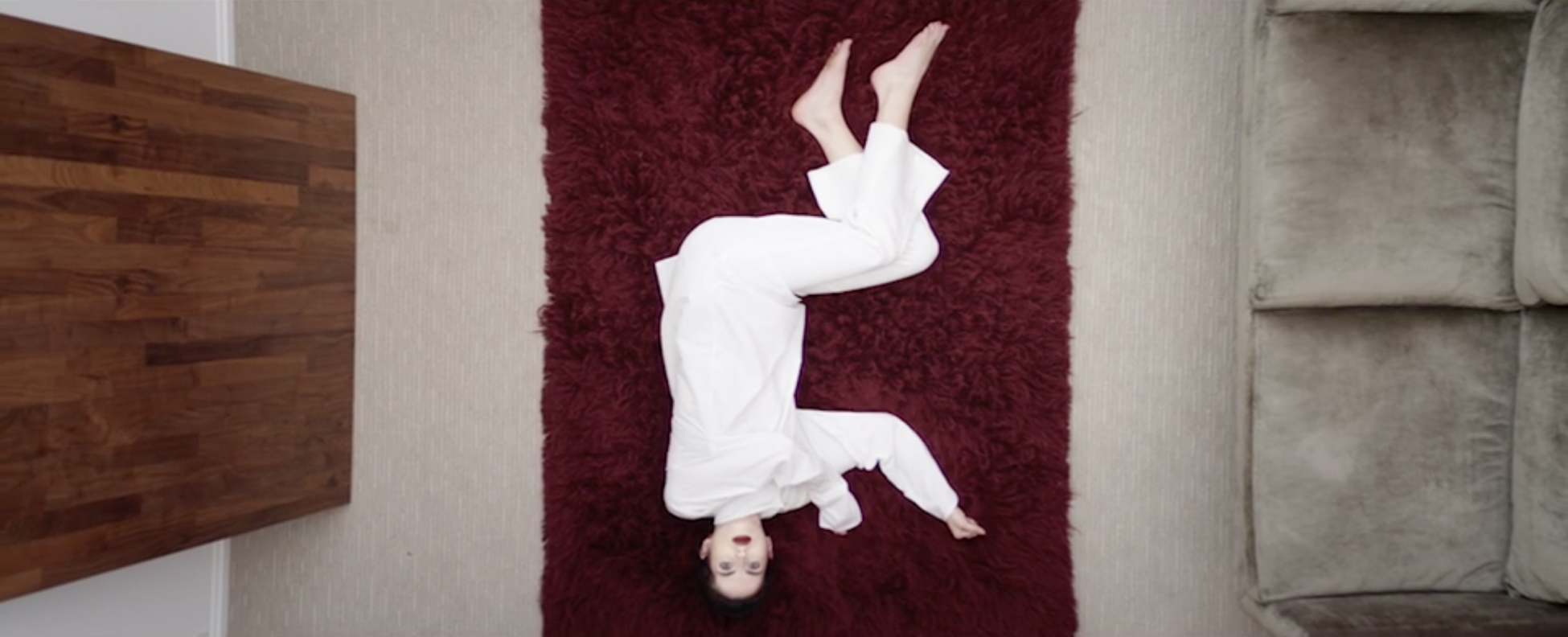
So who were all the key people involved in getting this idea kickstarted?
So it was me, Santiago Cervantes, and Armando Vernet who helped me produce and fund it. We then teamed up with Nicolas Aguilar and some other friends to bring the project to life.
So let’s talk about the title of the film, LA GATA. For the readers who don’t know, can you translate it?
So LA GATA translates to “The Cat,” but especially in South American slang, it’s a rather derogatory phrase used for women. Men usually use it to refer to a promiscuous woman, or a tease, but in some circles it can be even more offensive. So on a superficial level it just translates to “The Cat,” but since the whole crew was Spanish-speaking, I wanted to use a Spanish title to tie it together to the film’s narrative themes. But yeah, the title has a double meaning in that way.
Can you break down the narrative for us and how you thought of the story?
The story is inspired by an Aesop fable. Many of these discuss life, its meaning, and human behaviors, using animals as examples. So in this specific fable, a cat falls in love with a handsome man. She begs Venus to be turned into a woman, and she gets with the man. We call her La Gata because she’s the cat who always wanted more. After some time with the man, Venus wants to test her and throws a mouse into the house, causing the woman to jump and eat it in front of her husband, which shocks him. Why would such a beautiful woman do something so vile? Venus, in turn, transforms her back into a cat in order to teach her a lesson that nature always exceeds nurture.
That’s great! So what you did was take a mythological tale and translate it for the fashion film’s aesthetic?
Exactly.
When picking the brands, were they picked to suit the story, or vice-versa?
We had a personal contact with these brands, we knew we wanted to collaborate with them, and chose the outfits based on the mood of the story. So you could say the brand was chosen to suit the story, but we didn’t have a lot of options since it was our first time doing this. I suppose the best answer is that the brand was a business decision first and foremost, but the items used from that brand were picked to fit the narrative.
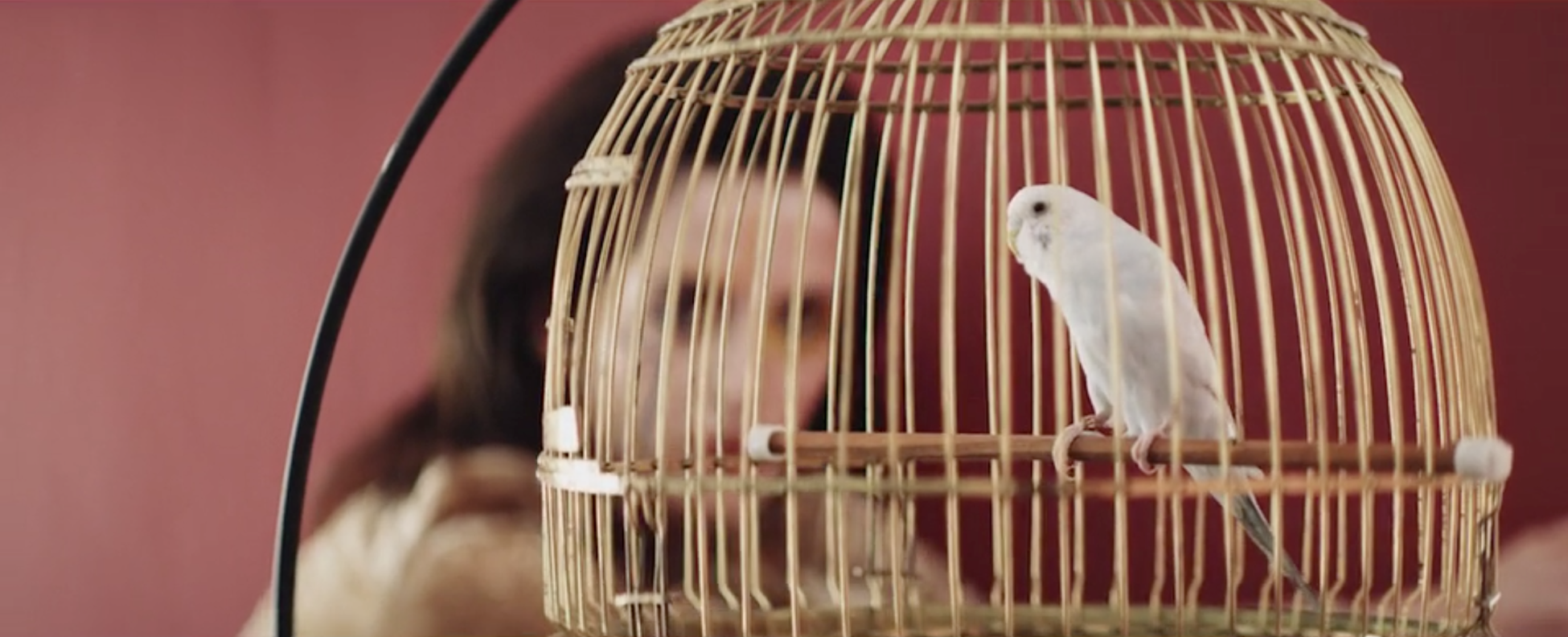
What was the creative process like working with your DP and PD team? Did you know how you wanted the camera to move and be stationed? Did you know how you wanted the rooms to look? Or was this something that came out of the creative ensemble?
Production design was entirely a 50-50 team effort between me and Armando Vernet. We basically conceived everything together, from the pinkish color palette to the set dressing by Modernica. We even built a wall to cover up the kitchen because we didn’t want it in frame. So basically everything was pre-conceived, because we knew what we wanted the space to look like. Camera-wise, we dressed the entire space so that we had a full 360 degree area to shoot. From there on we just rocked it on the spot. We didn’t have a shot list, but we knew where the actress was going to be. And since the space is rather limited, it gave us some restraint.
What would you say the budget was for the project?
It was approximately 6,000 USD. But almost none of that went to the camera. We had the camera and a jib, but that was it. Most of the money went to clothing, makeup, and the model, who was quite expensive.
Where would you like to see yourself in the future, specifically growing out of this project?
Well, this project led to future collaborations with new brands. At the end of the month we will be doing a second fashion film with the same crew. Hopefully Nico [Aguilar] will still be available to shoot this one as well. We are currently in talks with Tommy Hilfiger about a project set between New York and Mexico City.
How did you score the Tommy Hilfiger deal?
We submitted our short film to the Milan Fashion Festival. So far it’s been accepted to the online showroom. As a result of this some people from Vogue saw the film and started talks with us. We sent a treatment to them asking for an international brand. And that’s how Tommy Hilfiger came on board. Fingers crossed they stick around!
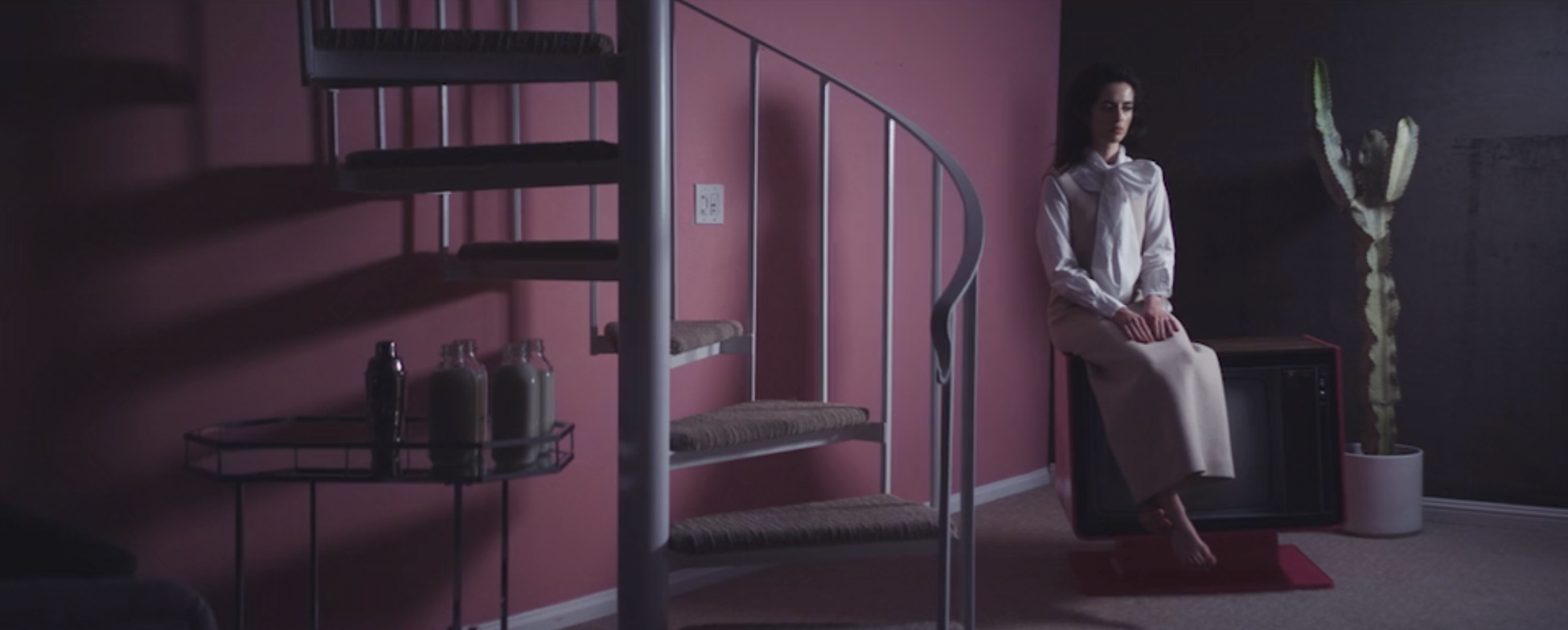
Can you share the concept for that video with us, or is it too early?
Sure! We would be following the life of a model, based in New York but hailing from Mexico City. We’d follow her transition from Mexico to the United States: the struggles of a model, being a young single woman, oftentimes exploited, is a very serious issue. The stories underlying the fashion world are very important to us. Nicolas Winding Refn’s THE NEON DEMON is a clear inspiration for this. We wanted to tackle interesting and important true life stories within the fashion world. Unfortunately, the treatment is not confirmed just yet, so we aren’t sure if it will happen or not. But I think it’s important for fashion films, even when they are just product showcases, to say something important and not just be glitz and glamor for the entirety of the running time.
Well, I hope to hear more about that project in the near future. I hope to talk to you about the final product very soon, and wish you the best of luck. Thanks for sitting down with me and chatting.
Thank you.

